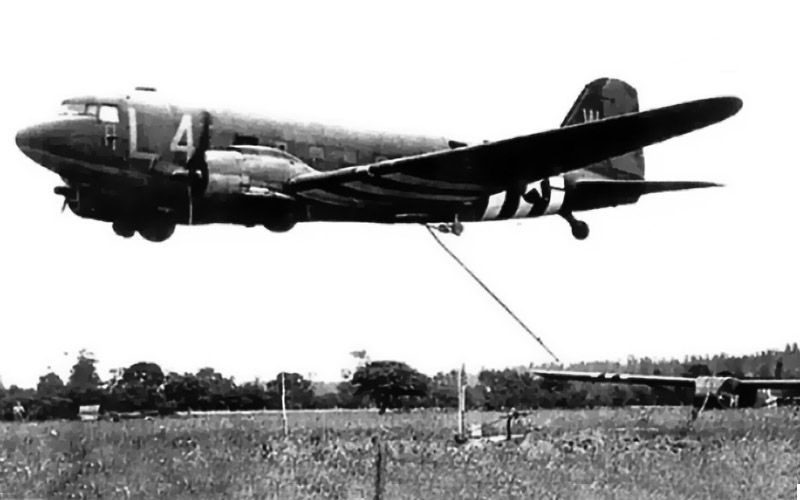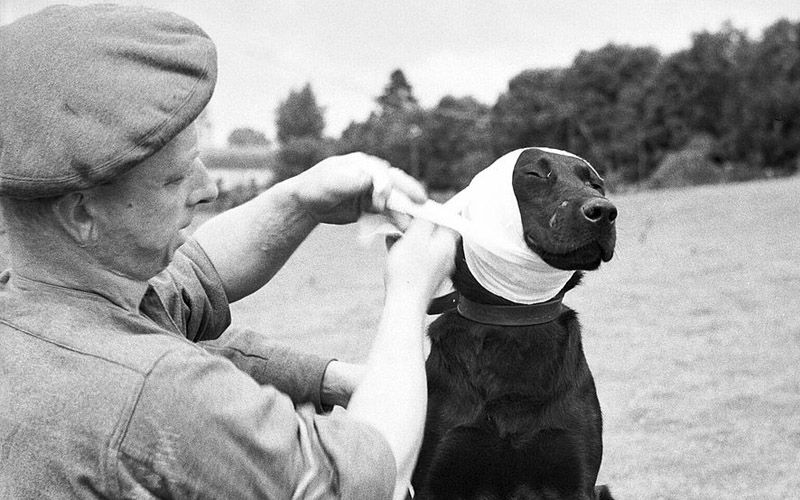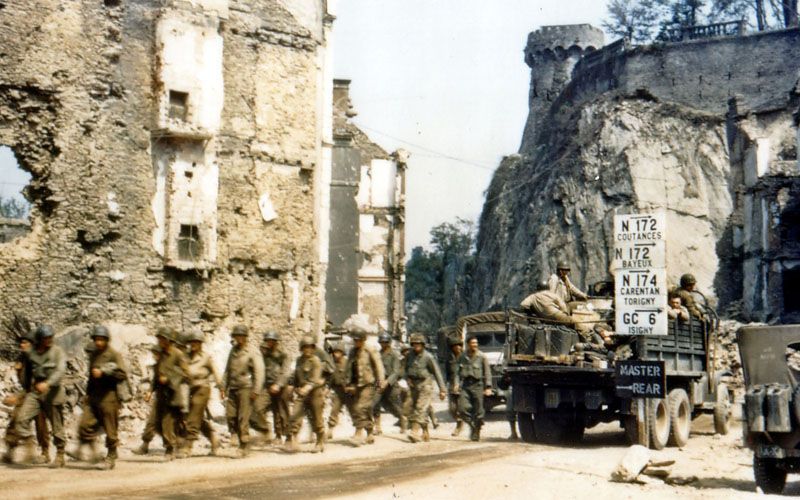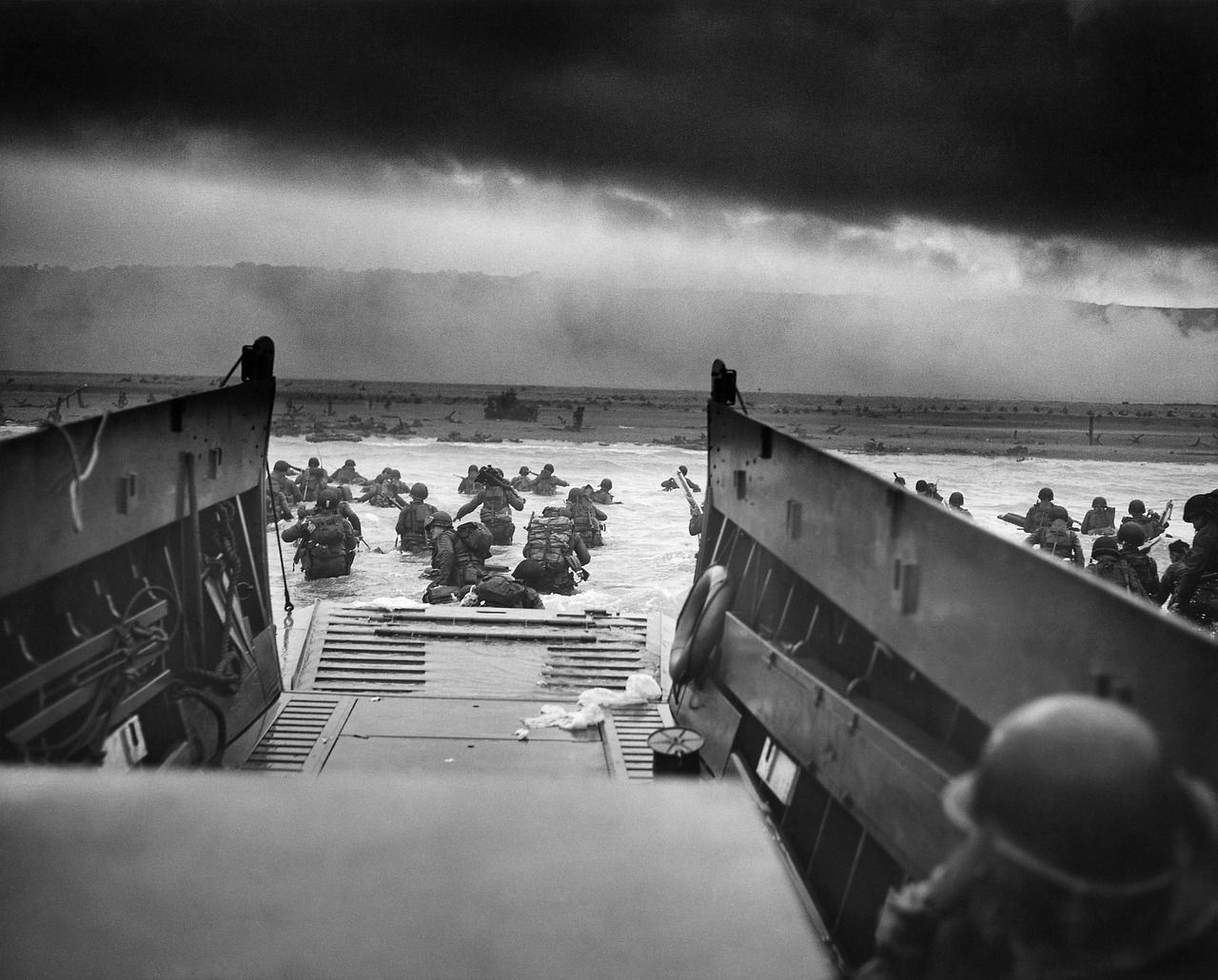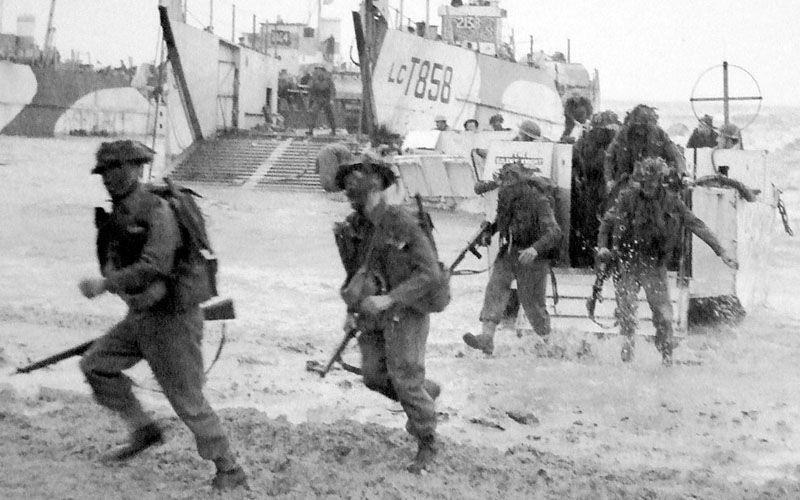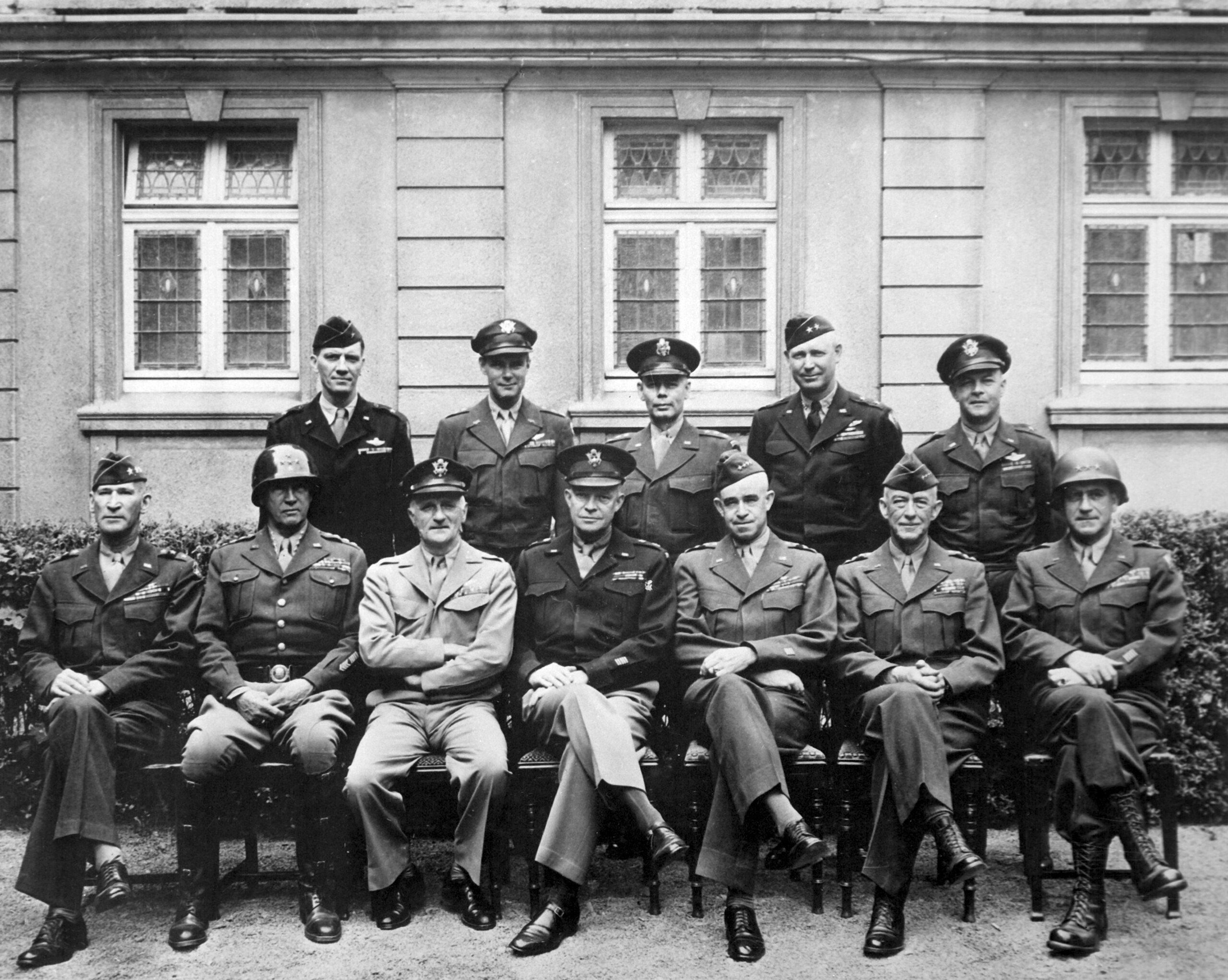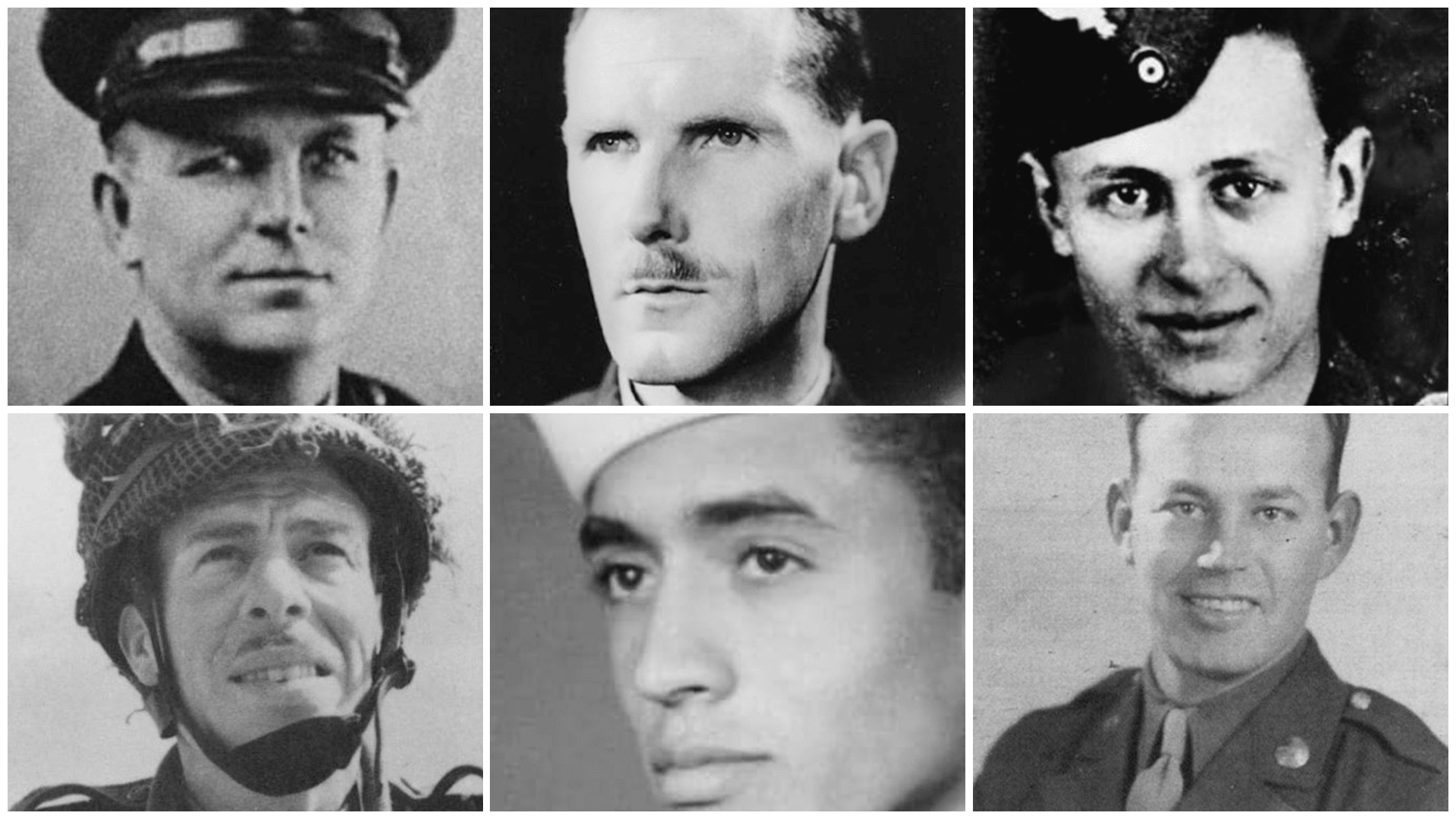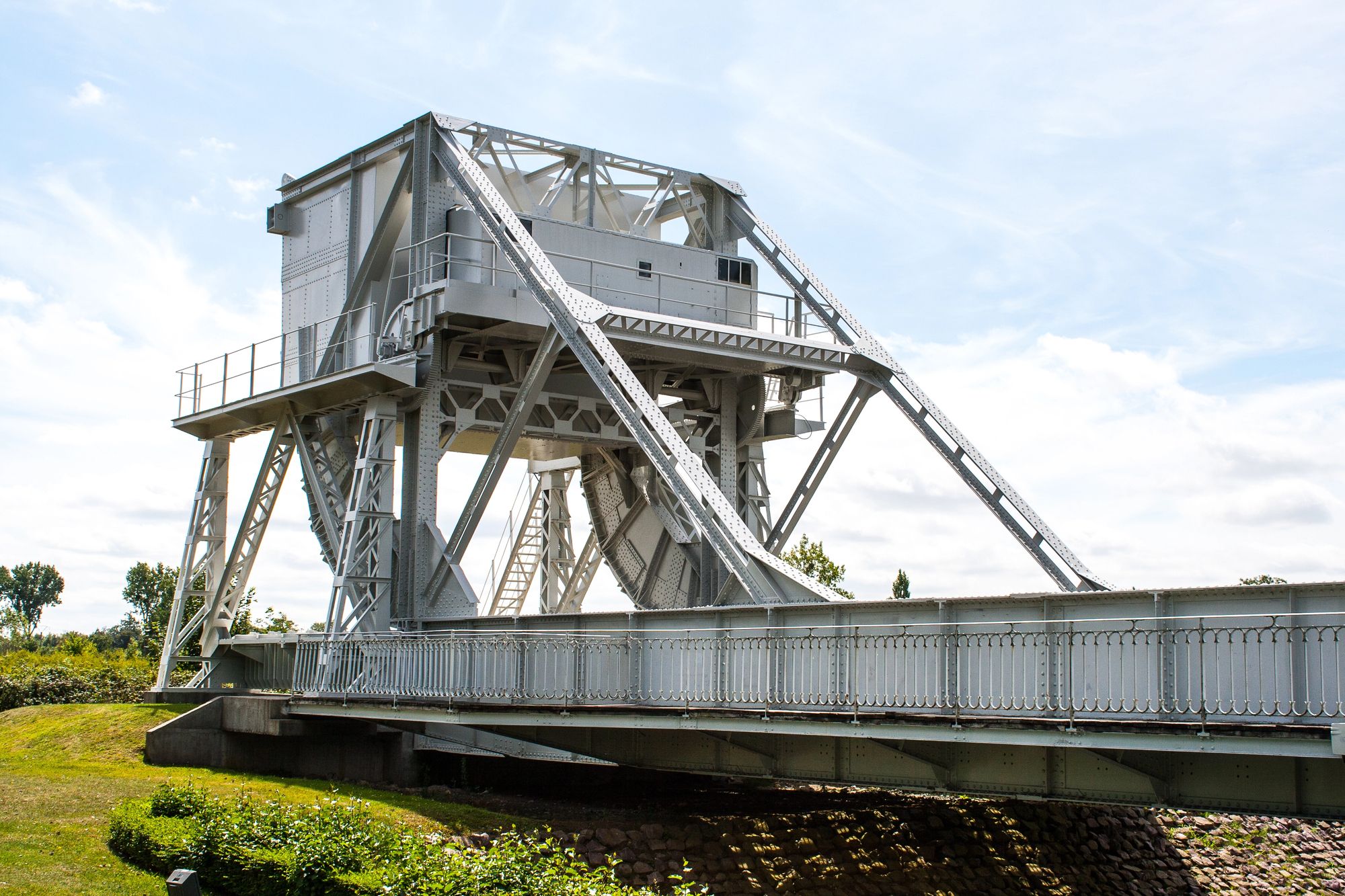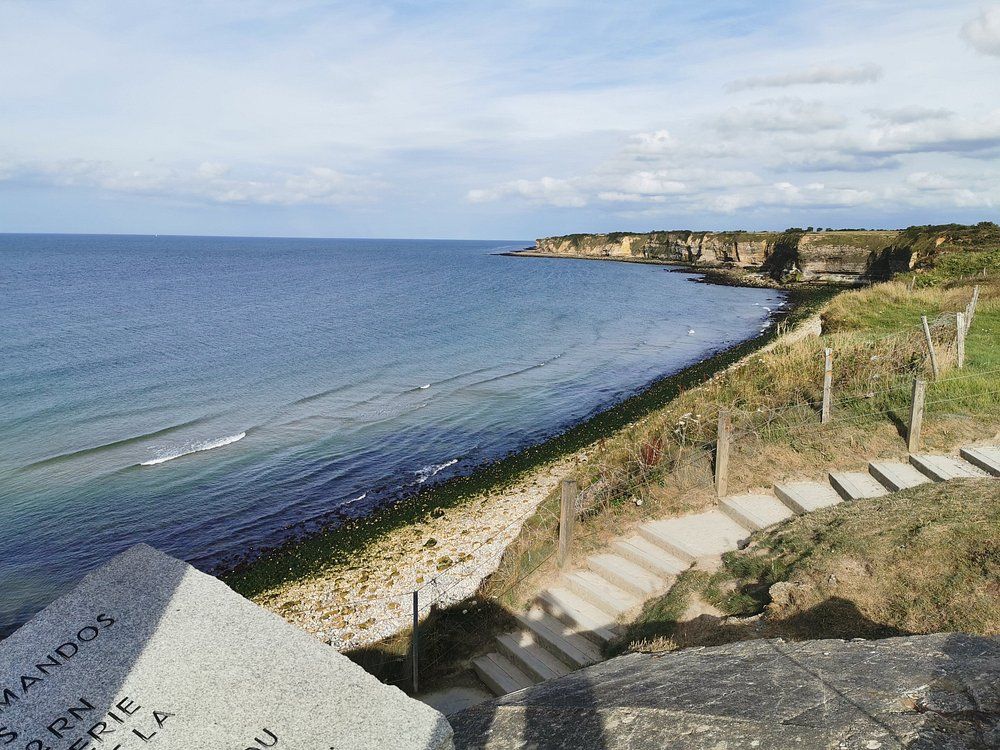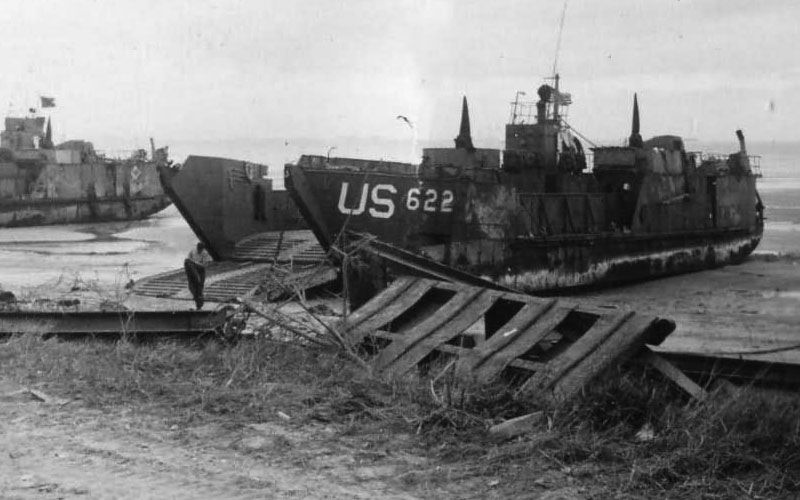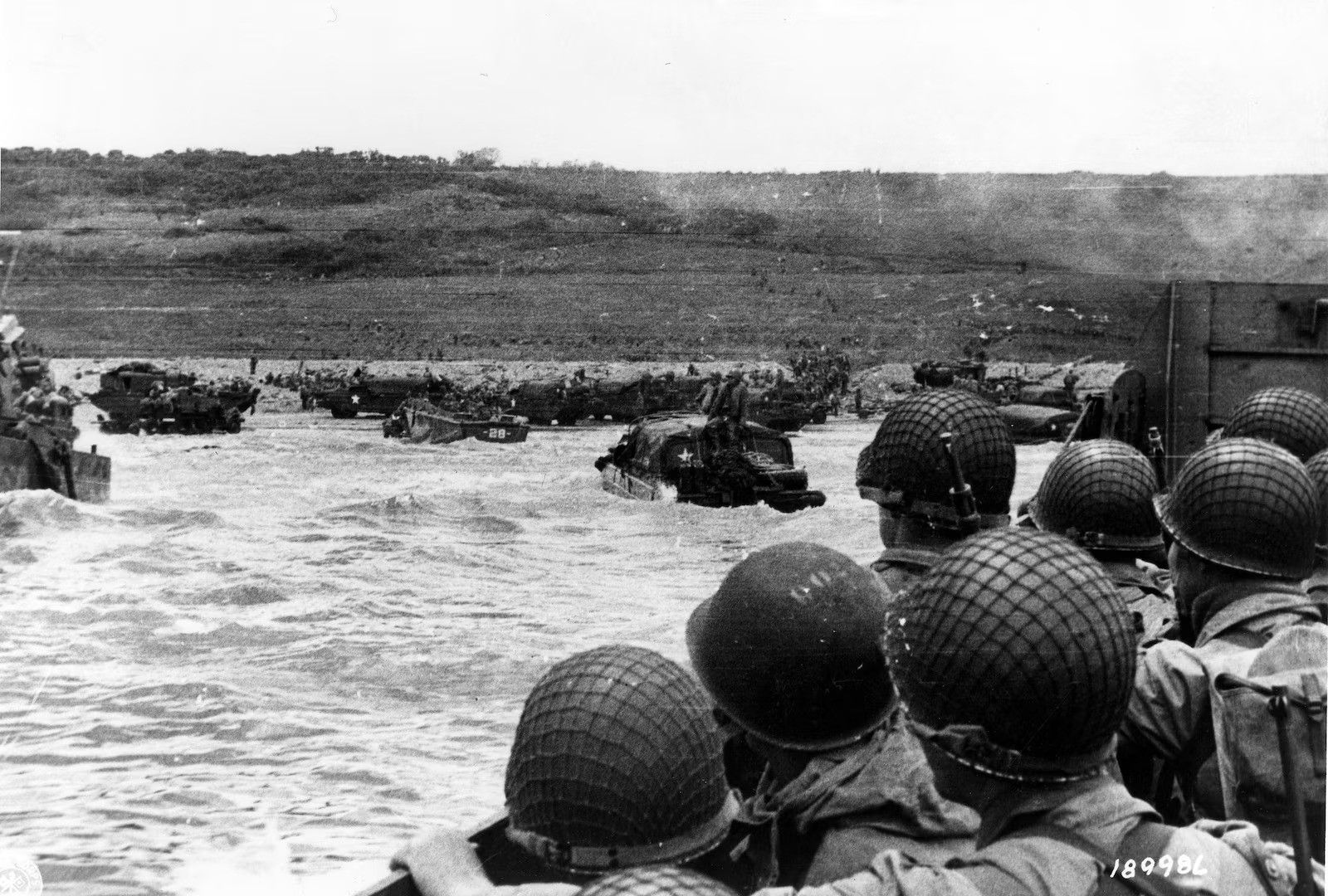In 1936 the U.S. Army Air Corps ordered a pair of DC-2 commercial transports under the designation C-32. A contract followed for 18 DC-2s in the C-33 freighter configuration and two more as C-34 staff transports. The following year the Army ordered an aircraft built to its own specifications. It was a hybrid design that combined the fuselage of the DC-2 with the tail of a DC-3.
This one-off prototype was known as the C-38, and 35 production versions followed designated as the C-39. The C-39 was the first serious effort by the US Army in establishing an airlift capability.
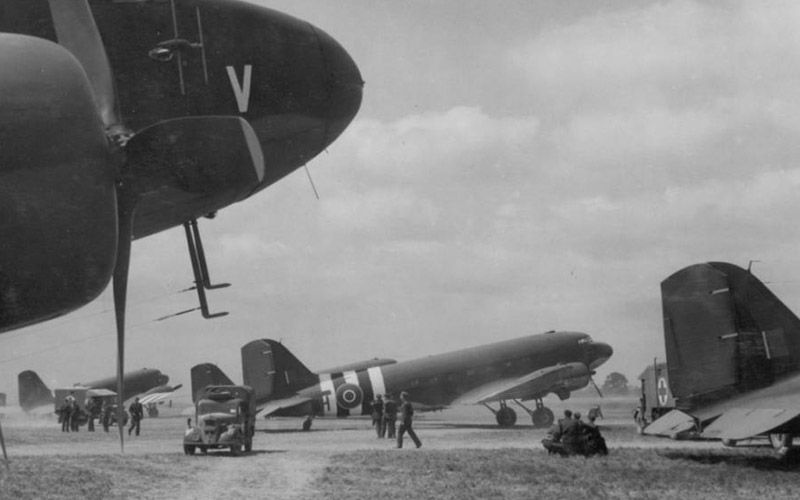
By 1941, the Army Air Force (formerly the Army Air Corps), selected the C-47 Skytrain (a modified version of the civilian DC-3) as its standard transport aircraft. It boasted a reinforced fuselage floor and large cargo doors, but these were essentially the only major modifications. Some of the other changes included removal of the tail cone to mount a hook for towing gliders and the fitting of cargo hooks beneath the center wing section.
The C-47 groaned, it protested, it rattled, it leaked oil, it ran hot, it ran cold, it ran rough, it staggered along on hot days and scared you half to death, its wings flexed and twisted in a horrifying manner, it sank back to earth with a great sigh of relief – but it flew and it flew and it flew.
- A.G. Leonard Morgan, USAAF
As a transport aircraft, the C-47 had a payload capacity of up to 6,000 pounds (2,700kgs) and could accommodate a fully assembled jeep or a 37 mm cannon. As a troop transport it was able to carry 28 soldiers in full combat load. When flown in medical airlift operations the C-47 could accommodate 14 stretcher patients along with three nurses or other attendants. They were also capable of towing gliders, such as the CG-4A Waco and Airspeed Horsa. Not only could they deliver the gliders, but some C-47s were even equipped with special equipment for extracting gliders from the ground whilst in flight.
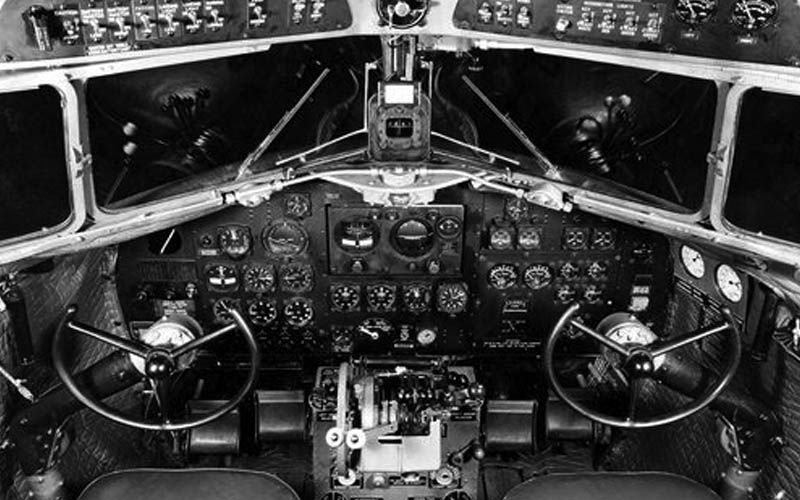
Over 10,000 aircraft would eventually be built, and all branches of the U.S military flew versions of the aircraft. The U.S. Navy version was designated the R4D. Under lend-lease, the British and Commonwealth also flew around 2,000 aircraft, although they referred to the C-47 as the “Dakota” (an acronym apparently derived from the letters DACoTA for Douglas Aircraft Company Transport Aircraft).
Several hundred C-53 Skytroopers were constructed. A variation of the C-47, the C-53 lacked the double doors or reinforced floor of the C-47, but had metal seats for 28 paratroopers and an attachment point for a combat glider tow The C-53 was essentially a militarized DC-3 and encompassed the aircraft that had been ordered by civilian airlines that were subsequently commandeered by the U.S. Government.
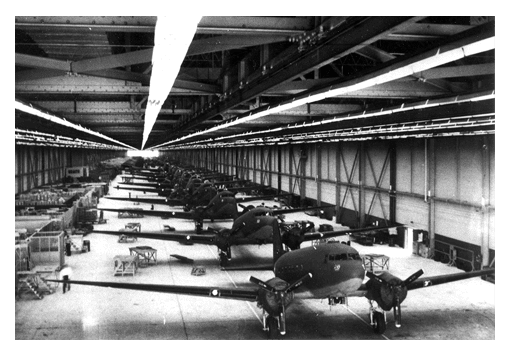
The C-47 played a key role in the success of many Allied campaigns during the Second World War, especially those at Guadalcanal and in the jungles of New Guinea and Burma where the “Gooney Bird” as it came to be known (along with the naval R4D version) made it possible for Allied troops to counter the greater mobility enjoyed by the lighter Japanese army. The C-47s was also used in the airlifting of critical supplies to the embattled American troops during the Battle of The Bulge. Possibly its most influential role in military aviation, however, was flying “The Hump” from India into China. The expertise gained flying “The Hump” was later be used in the 1948 Berlin Airlift, in which the C-47 played a major role.
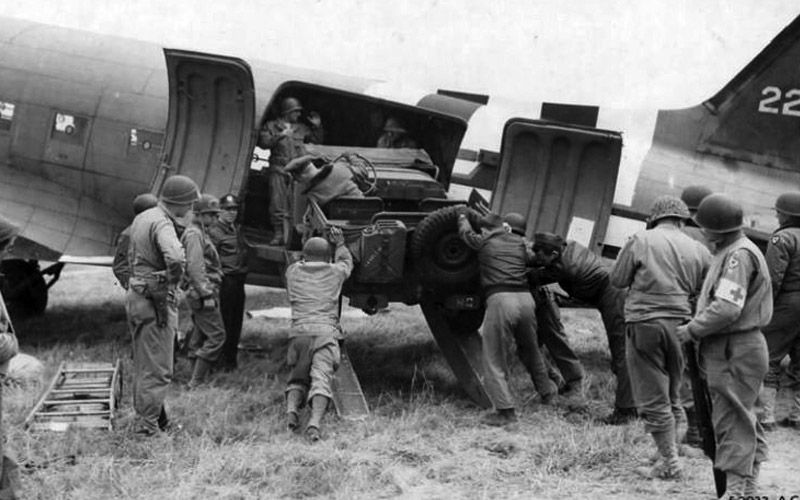
In the European Theatre of Operations (ETO) the C-47 was essential in its role as a glider tug and for dropping paratroopers. During the invasion of Sicily in July 1943, C-47s dropped 4,381 Allied paratroopers. On 6th June 1944, adorned with hastily painted invasion stripes like all other Allied aircraft, over 800 U.S. Army Air Force C-47s and Royal Air Force Dakotas carried paratroopers to their drop zones in Normandy. In later years, General Eisenhower cited the C-47 as one of the most vital pieces of military equipment used in winning the war…alongside the jeep, bazooka and atomic bomb.
…four other pieces of equipment that most senior officers came to regard as among the most vital to our success in Africa and Europe were the bulldozer, the jeep, the 2-ton truck, and the C-47 airplane. Curiously, none of these is designed for combat.
- General Dwight D. Eisenhower, Supreme Commander Allied Expeditionary Force (SHAEF)
The C-47 remained in service in both civilian and military roles after the Second World War and many are still flying to this day. The civilian DC-3 variant was even built under license in the Soviet Union as the Lisunov Li-2 (originally PS-84), with almost 5,000 entering service between 1939 and 1952. In Japan, the Nakajima and Showa Aircraft companies also produced a variant of the DC-3 under license. Almost 500 were built between 1940 and 1945. Designated the L2D Navy Type 0 Transport (and codenamed “Tabby” by the Allies) they were numerically the most important Japanese transport aircraft during the War.
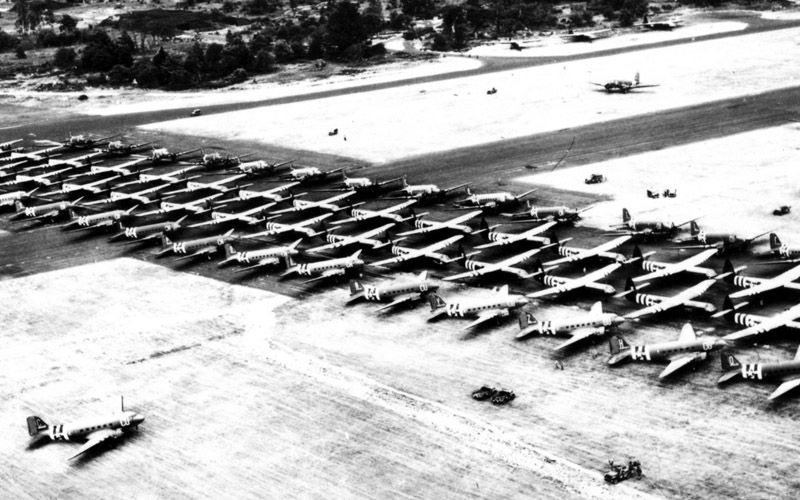
Today, companies like Basler Turbo Conversions are keeping C-47 and DC-3 aircraft flying by extending their service life in various ways. The Basler BT-67 conversion includes fitting the new Pratt & Whitney Canada PT6A-67R turboprop engines, lengthening the fuselage and strengthening the airframe, installing more modern avionics equipment, and making modifications to the wing tips and wing leading edges. The first Basler conversion was performed in 1990, and to date over 50 aircraft have undergone the conversion process.
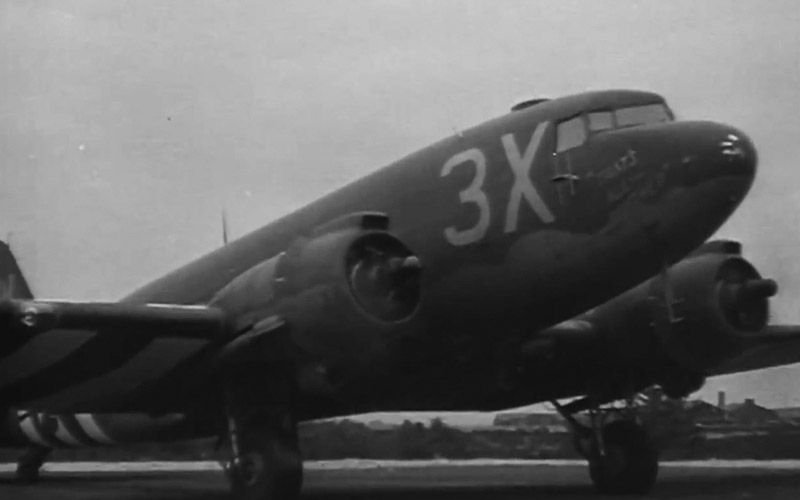
In 2015, the Commemorative Air Force (formerly Confederate Air Force) announced that they had located a C-47 (named “That’s All Brother”) which they described as the “plane which led the D-Day invasion”. It certainly led the assault wave of Missions Albany and Boston – the main airborne assault of the 101st and 82nd Airborne Division on the Cotentin Peninsula. However, the Pathfinders had already dropped into Normandy. The CAF discovered the plane in an aircraft boneyard in Wisconsin, and a after a successful Kickstarter campaign (which we were proud to support) over $250,000 was raised. The aircraft was saved and is now undergoing total restoration. The CAF’s intention is to have “That’s All Brother” (named after the Mae West song, and a message to Hitler from the aircraft’s crew) airworthy for the 75th Anniversary of D-Day where it will again take to the skies above Europe. For more information on the project click here
For the 75th Anniversary of the D-Day Landings in 2019, an organization called Daks Over Normandy is attempting to fill the skies with as many C-47 and DC-3 aircraft as they can muster. Currently more than 30 aircraft owners have committed to participate. The aircraft will take part in parachute drops, scenic flights and fly-pasts. It is certainly an occasion not to be missed for any fans of the venerable C-47.

